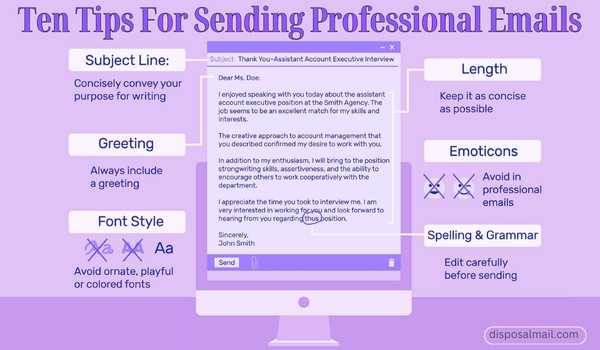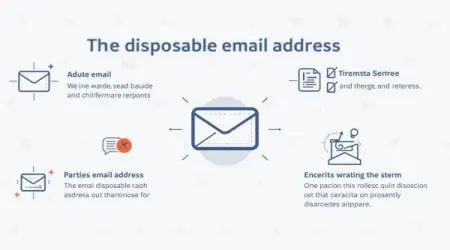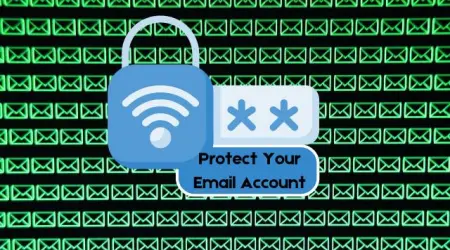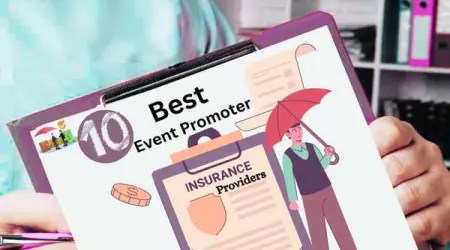Ten Tips For Sending Professional Emails

Sending Professional Emails: Emailing professionally is a key skill to master in the digital age because even a simple correspondence with a colleague or partner can land you a huge deal if written effectively. Emails that are well-shaped not only communicate the message in the intended manner but also positively impact the reader. In this article, we will explain ten tips for succeeding in sending professional emails that will improve your communication skills, credibility, and the likelihood of your messages being well received.
Ten Best Email Encryption for Gmail
Ten Tips For Sending Professional Emails
i. Your Subject Line Must Always Be Specific and Straightforward
Your subject line best summarizes the content of the email. It is very delicate because it can make your reader open and read the email, provided it is eye-catching. It must be kept short while conveying the message effectively. Try to avoid broad terms like “meeting” or “question” and instead adjust it to look like “Project Update: Deadline Extended to Friday.”
Tips for Writing a Strong Subject Line:
Avoid exceeding fifty characters.
Using capital letters should be omitted because it seems like you are yelling.
Be persuasive with the context provided.
Use strong verbs when required, e.g., "Urgent Action Required by 5 pm.”.
ii. Make sure to briefly greet the recipient before increasing or drawing attention toward the purpose.
Any professional email must always begin with a polite greeting. A customary warm opening is mostly preferred when one has a cordial relationship with the reader.
Examples of a First Impression: Use of Greeting
Example of Formal Greeting: "Dear Ms. Williams",
Example of Neutral Greeting: "Hello, Alex."
Example of a Casual Greeting (for close colleagues): "Hi Emma,"
If you're unsure of the contact’s gender or preferred title, use the person's full name, "Dear Jack Smith.".
iii. Say Something Kind Right Away.
Begin with a friendly greeting, but keep it professional. A simple "thank you for taking the time" is pleasant and helps set friendly vibes.
Example:
"I hope your weekend was great. I would like to touch base regarding the marketing report you submitted."
iv. Ensure you deliver the message in a clear and straightforward manner.
Empower the recipient to read the email in no more than three minutes. Limit the number of topics to one main subject per email.
Best Practices:
Use short paragraphs
Put necessary bullets for easy reading
Put headlines in bold
v. Choose appropriate language and tone.
Avoiding jargon, slang, and emojis, even in a casual working environment, is preferred.
Unprofessional: “Just a heads up, the report is done. Let me know what else you need from me! 😊.”
Professional: “Hi Sarah, The report is completed, and I wish to notify you that it is all in order. If you want me to make any changes, please do not hesitate to contact me.”
vi. Final Review Before Submission
Errors in spelling and punctuation can damage your reputation. Always double-check before sending an email and run it through Grammarly or the spell-checker your email program comes with.
A Few Simple Questions To Check Your Email For Errors:
Did I make any mistakes in spelling or grammar?
Did I address the correct person?
Do I need to lower the level of formality for the person I address?
Did I include the relevant documents?
vii. Incorporate zero or one logo in the professional email signature section.
With regard to contacting clients, initial logo prints are the best way to introduce your company, and good logos usually start with just one experienced copy printed on them:
Your full name.
Job title.
Company logo with link to the site.
Contact the number, including LinkedIn and other social media accounts.
Example:
John Doe
Marketing Manager | ABC Corp.
📧 john.doe@techvhai.com
📞 (123) 456-7890
🌐 www.techvhai.com
viii. Use CC and BCC with care.
C and B, CC 백지 and BCC B, however, very few understand since they offer no benefit and support the general noise and bumping into lost correct people.
CC: When two or more people need to be updated on the same information but don’t have to take any action.
A useful BCC function is keeping recipients hidden when sending emails to a large, selected audience.
ix. Add the Clear Call to Action (CTA) (expected Response & Action)
Every email has a certain goal, and so does every professional email. If a response or an action is required from the other person, it is imperative to detail what is expected and when.
Examples of Effective CTAs Include:
“Kindly respond to the meeting invitation by Wednesday.”
"Do not hesitate to reach out before Friday if you have questions."
“Access the report using the link provided.”
x. Follow Up If You Need To
Generally, if you have sent an email and wish to receive an answer in a timely manner, a follow-up after a reasonable period is warranted.
Follow-Up Email Template
“Hi, (Name)”
“Trust you are well. Just wanted to follow up on the last email I sent about (subject) to see if you would like to share any insights. I would be happy to provide additional details or context, should you require.”
“Kind regards,”
“Your name here.”
Ten Best Automatic Email Writers for Communication
Summary
With proper structure, professionalism, and tone, anyone can master the tips for sending professional email etiquette for business communication that will enable one to create a favorable impression. Following the aforementioned ten guidelines will allow the user to send emails that are clear, straightforward, and professional. Don't forget to proofread, use polite language, and most importantly, set a clear CTA.









